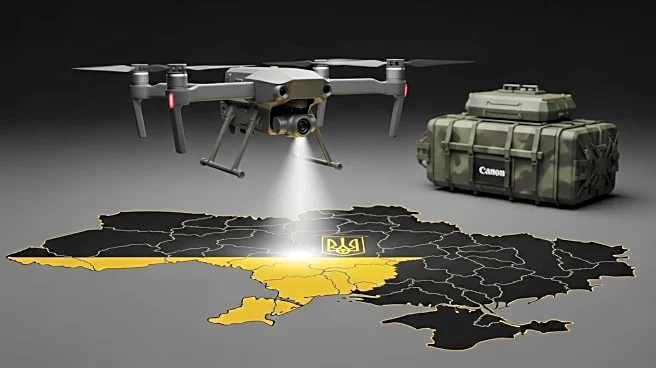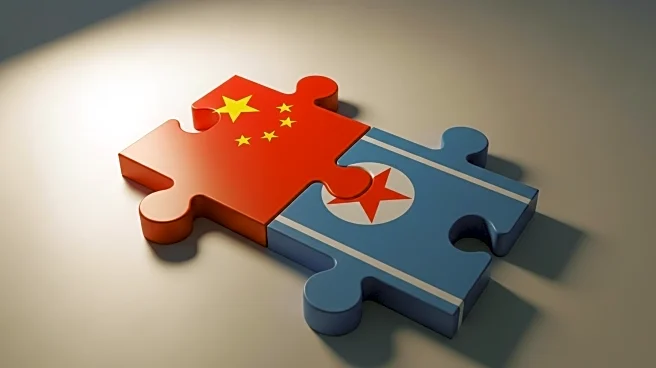What is the story about?
What's Happening?
The electronic warfare (EW) market is experiencing significant growth as major global powers, including the United States, China, and Russia, invest heavily in this domain. This surge in investment is driven by renewed focus on great-power competition and high-intensity conflicts. The demand for multifunctional and cost-effective EW systems has increased notably since 2017, with the Russian invasion of Ukraine highlighting EW's importance on the modern battlefield. The U.S. has been actively upgrading its EW capabilities, exemplified by the U.S. Marine Corps' MQ-9 Reaper Drone receiving a significant EW upgrade. This upgrade includes the Reaper Defense Electronic Support System/Scalable Open Architecture Reconnaissance (RDESS/SOAR) system, which enhances the drone's ability to evade enemy radar detection.
Why It's Important?
The advancements in electronic warfare are crucial for maintaining military superiority in an era of rapidly evolving technological threats. The U.S. faces challenges from technologically advanced adversaries like China and Russia, who are also innovating in EW capabilities. China's development of the 'Storm Eye' system, which offers zonal protection from electronic disruption, exemplifies the competitive landscape. The U.S. must continue to innovate and adapt its EW strategies to ensure it can effectively counter these emerging threats. The integration of advanced EW systems like RDESS/SOAR into U.S. military platforms is vital for maintaining tactical advantages and operational readiness.
What's Next?
As the electronic warfare arms race intensifies, the U.S. is likely to continue investing in disruptive and novel EW technologies to maintain parity with its geopolitical rivals. The focus will be on rapid innovation cycles and diversification within EW portfolios to address increasingly complex battlefields. The U.S. military and defense contractors may explore unconventional methods and technologies to outmaneuver adversaries, ensuring proposals offer the highest level of innovation and battlefield advantages.
Beyond the Headlines
The development and deployment of advanced EW systems raise ethical and strategic considerations, particularly regarding the balance between technological innovation and potential collateral impacts. The U.S. must navigate these challenges while ensuring its EW capabilities align with broader defense strategies and international norms.
AI Generated Content
Do you find this article useful?
















